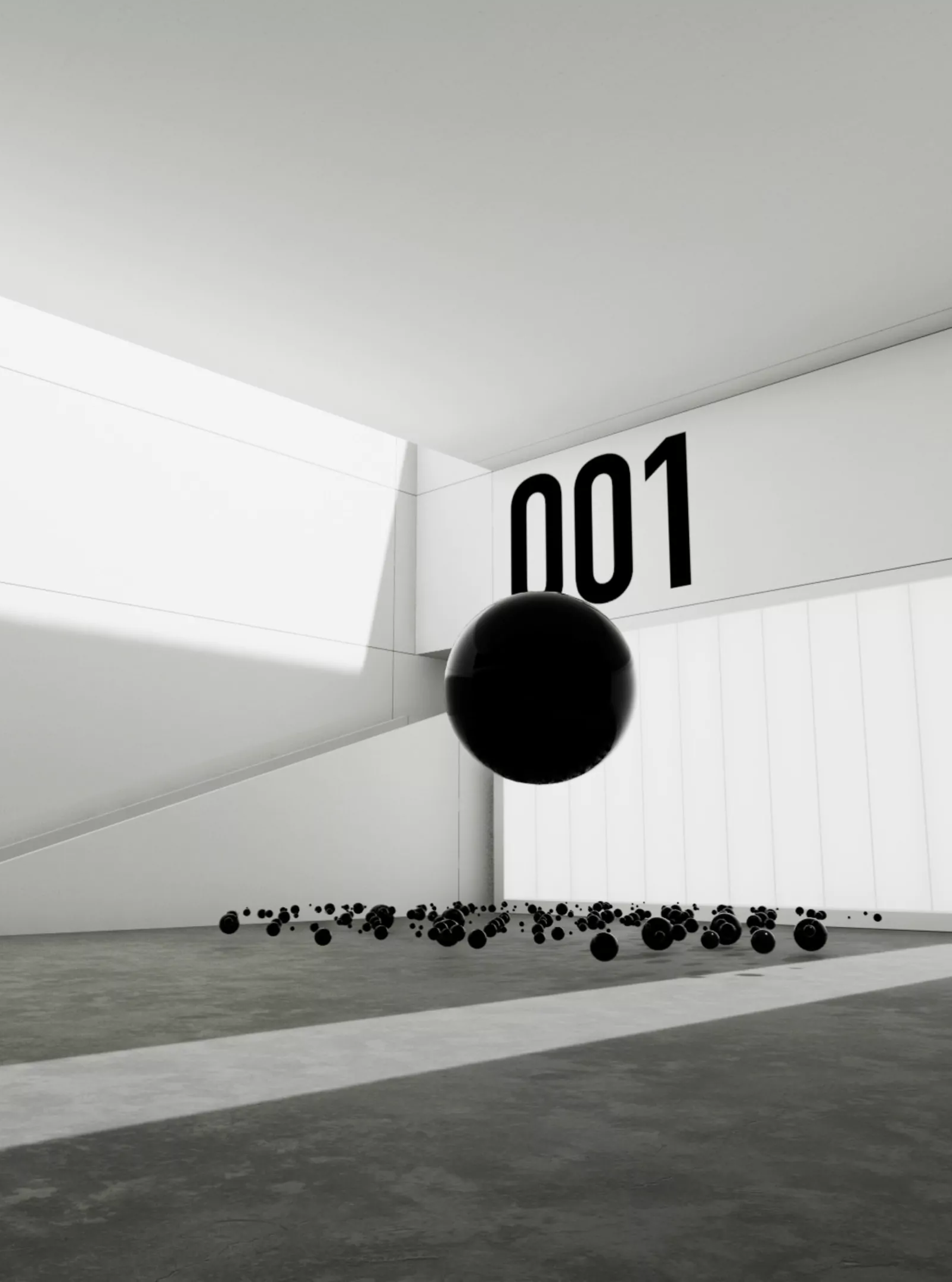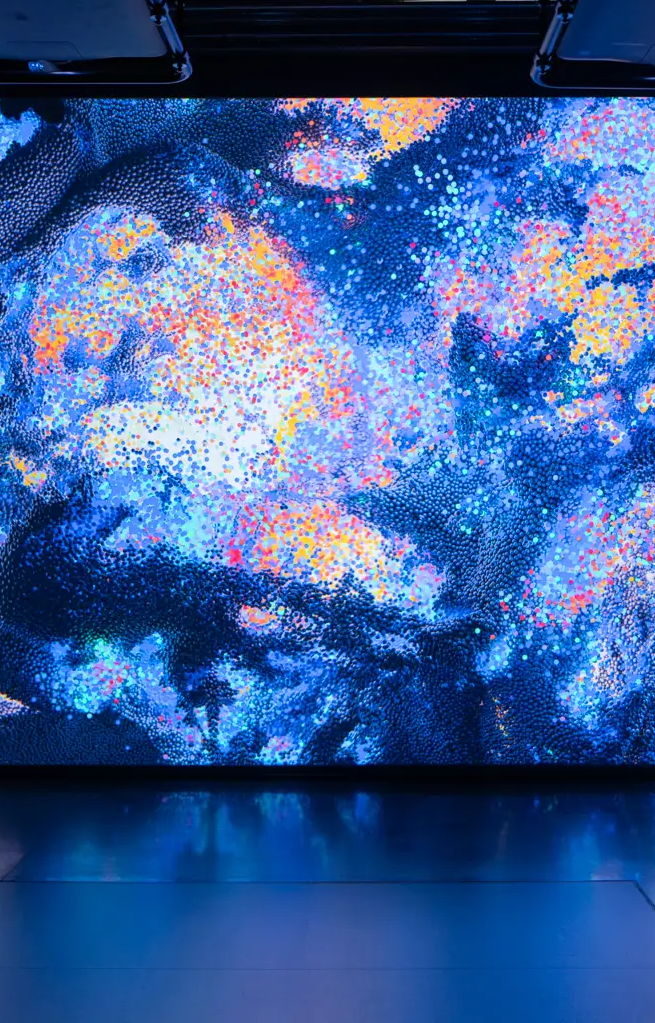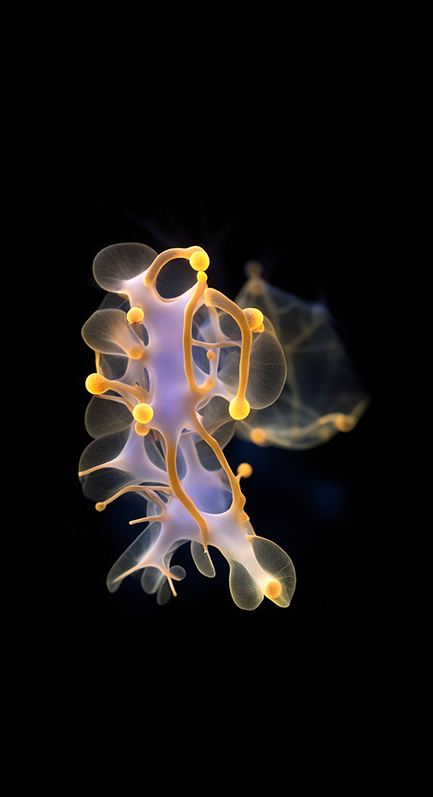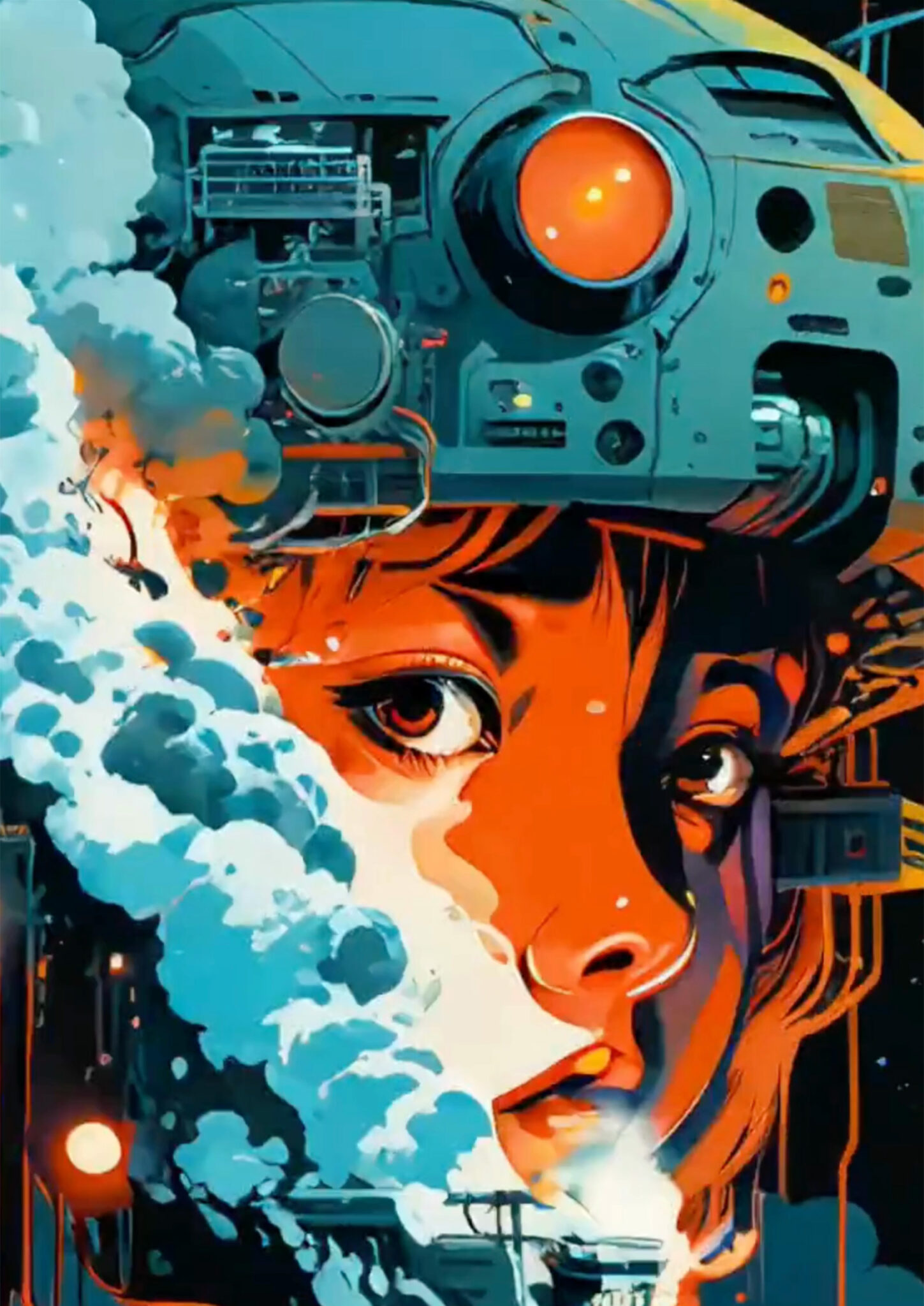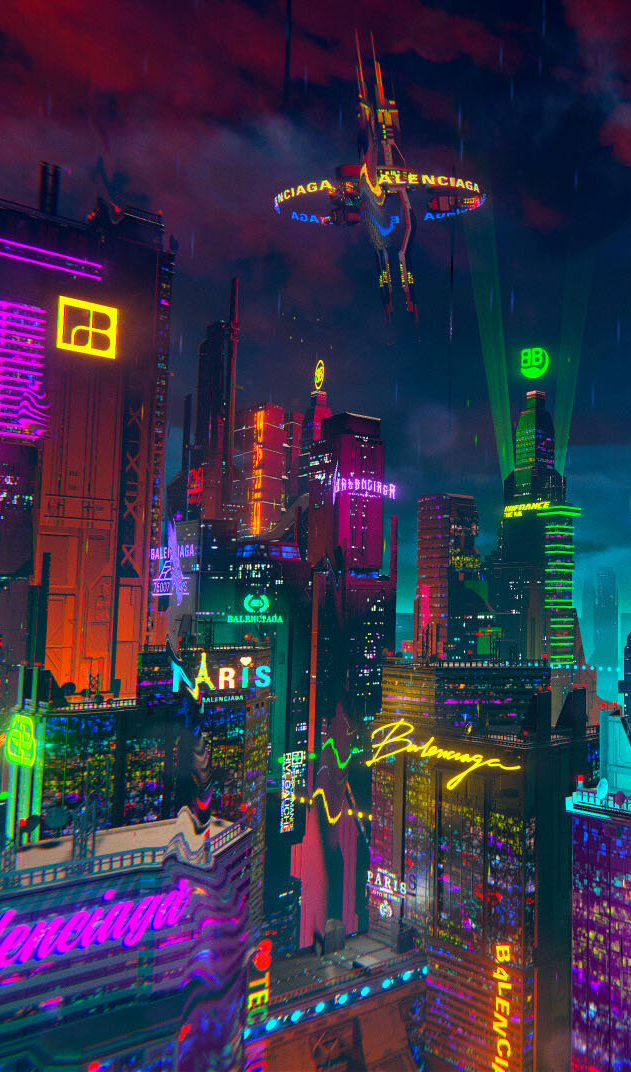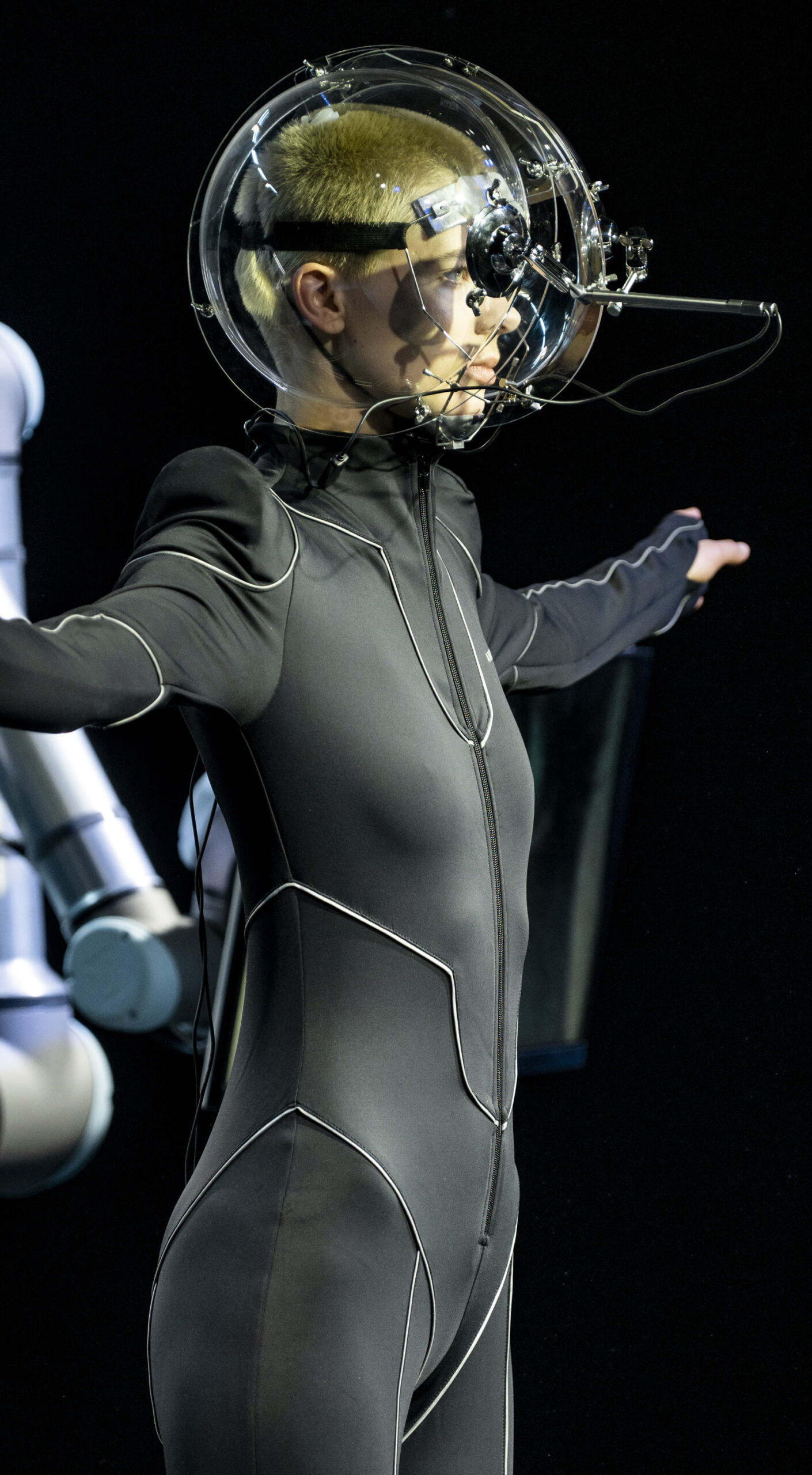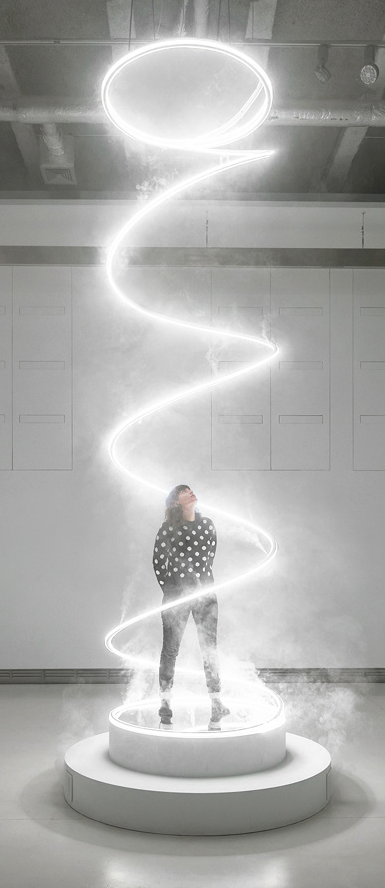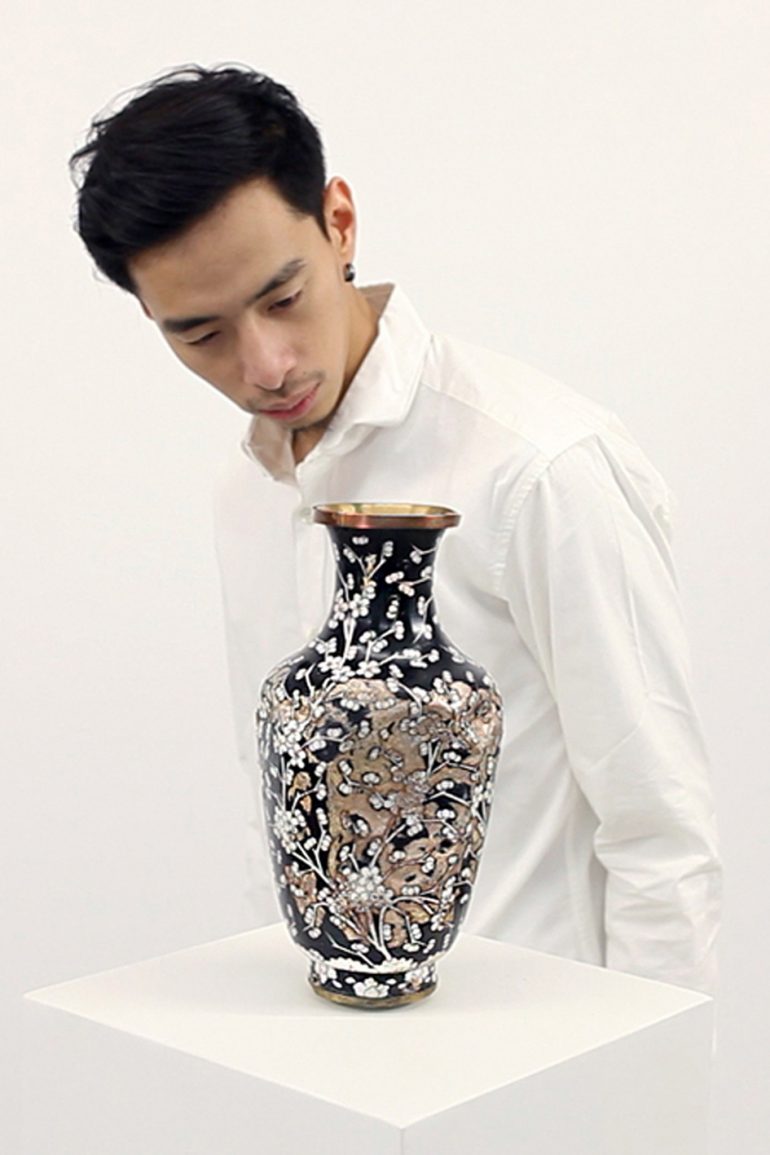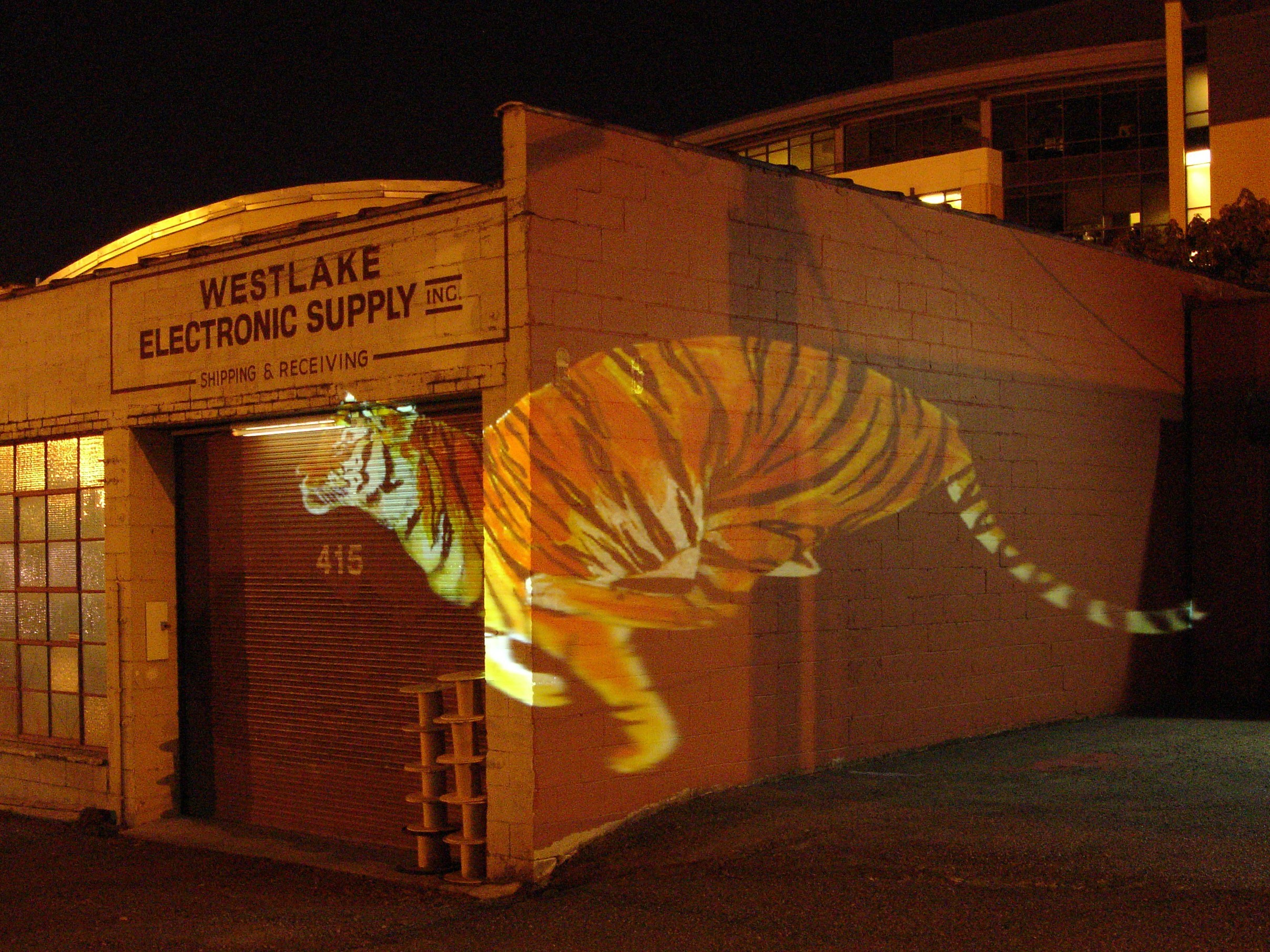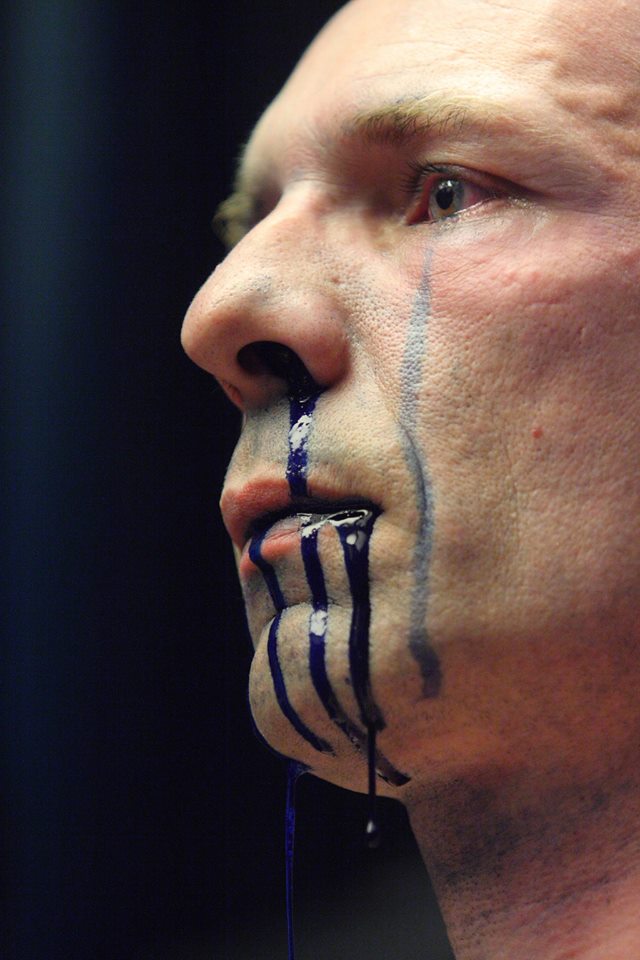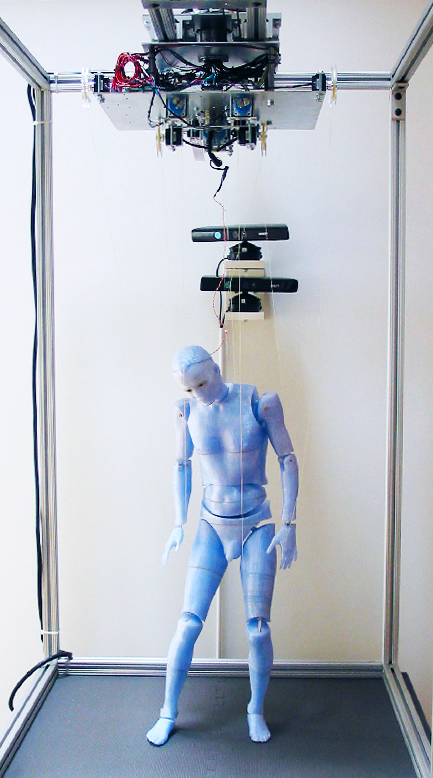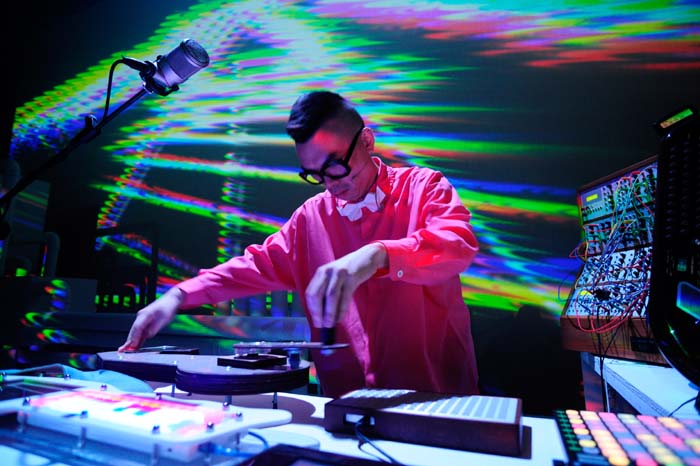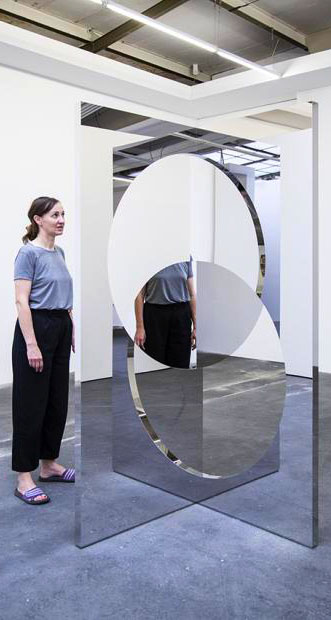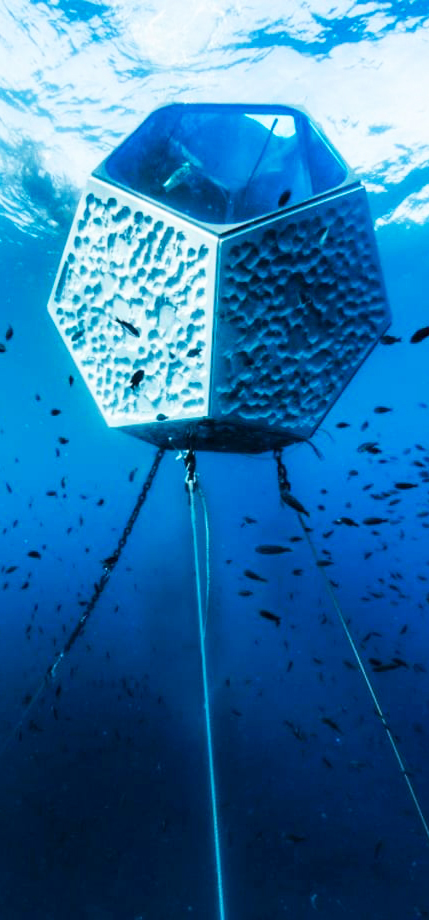Brain Entity
FILE 2024 | Interator – Sound Synthetics
International Electronic Language Festival
Luigi Novellino (aka PintoCreation) – Brain Entity – Italy
In a laboratory, a brain-like organism grows rapidly, integrating with technology and evolving into a giant entity that manipulates objects with its mind. He hypnotizes the city, absorbing energy and creating patterns. Efforts to stop him fail, signaling a battle to understand existence. This symbolizes a new era of coexistence, urging us to embrace interconnectivity and navigate a more integrated world.
Bio
Fascinated by the limitless domain of AI, Luigi Novellino adopts the title syntographer, a term that resonates deeply within the community. The artist often asks himself: “am I an artist?” Art, in his view, defies rigid definitions or limits; it represents a fluid expression of creativity that transcends labels. The artist’s ultimate goal is to awaken something in the viewer, provoking thoughts and evoking emotions.
Credits
Music: Odyssey by John Tasoulas
